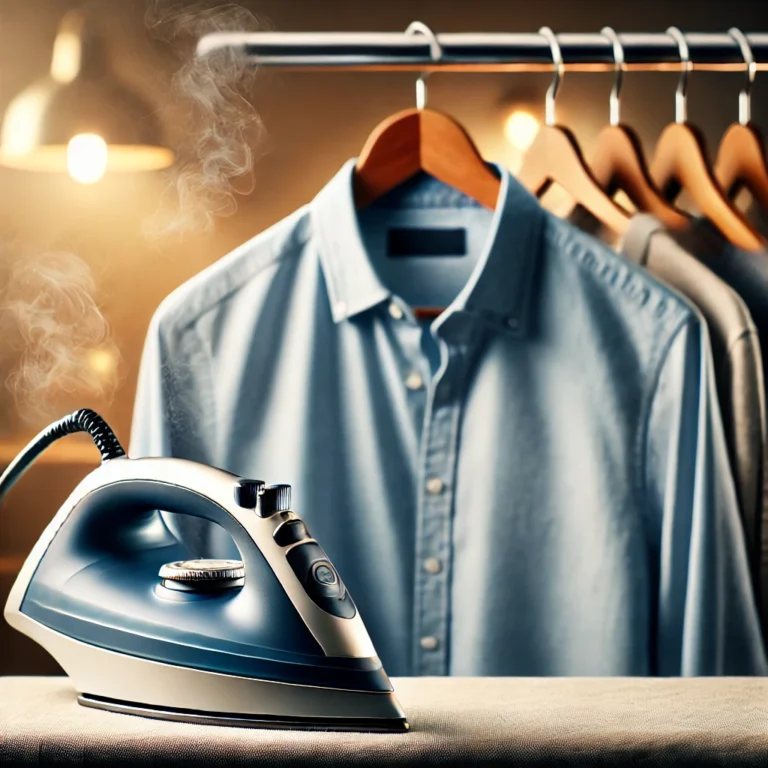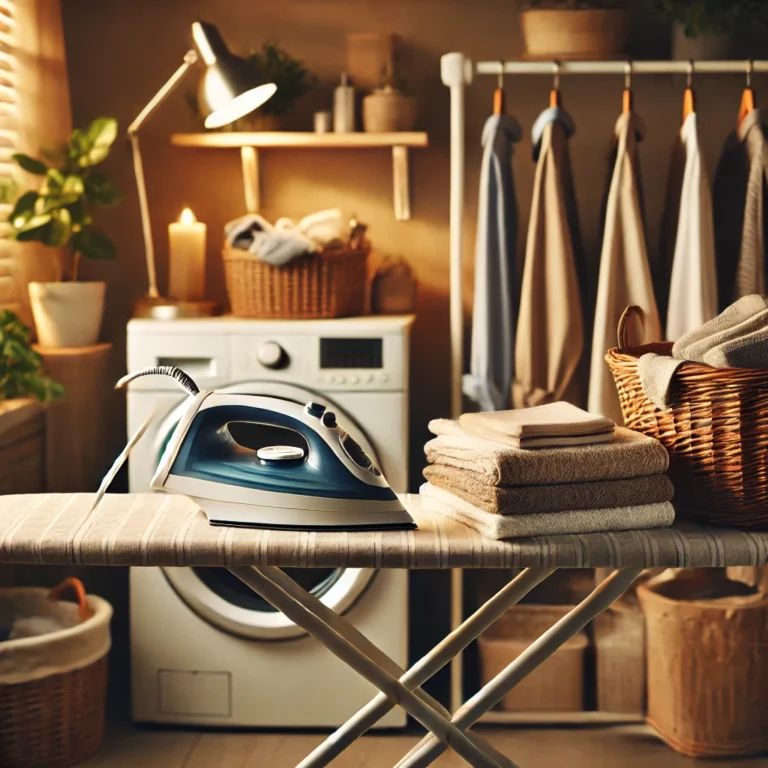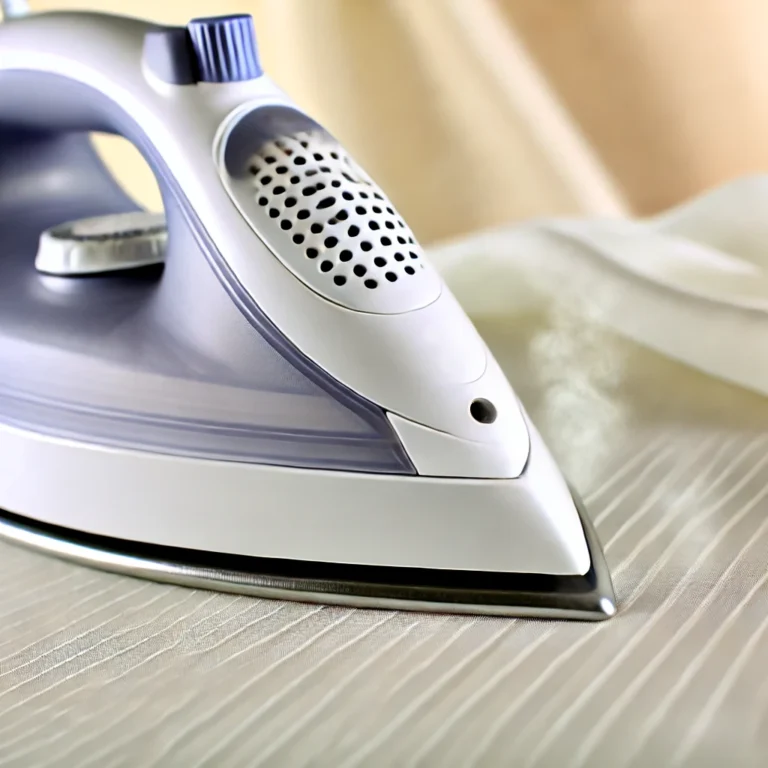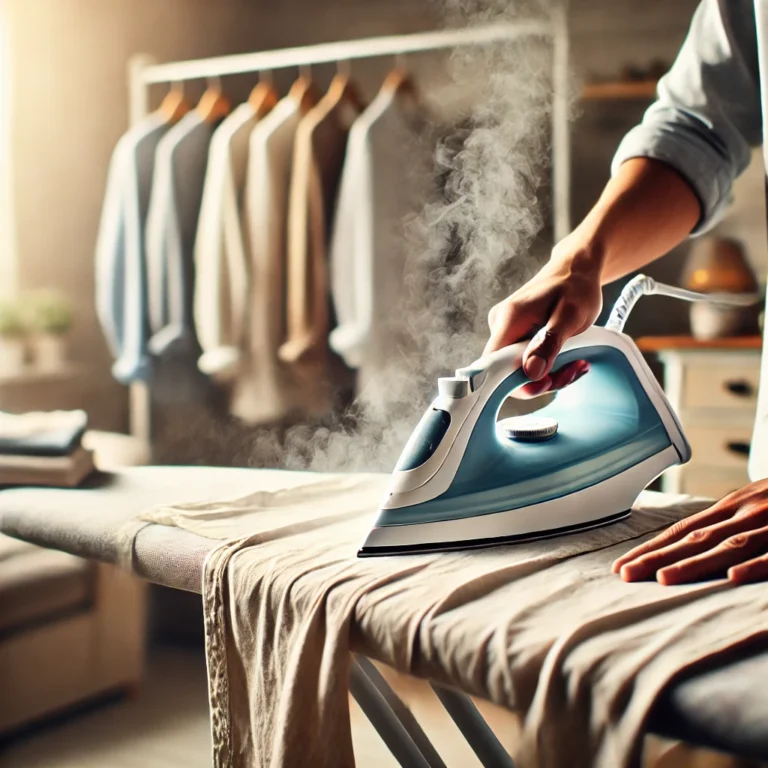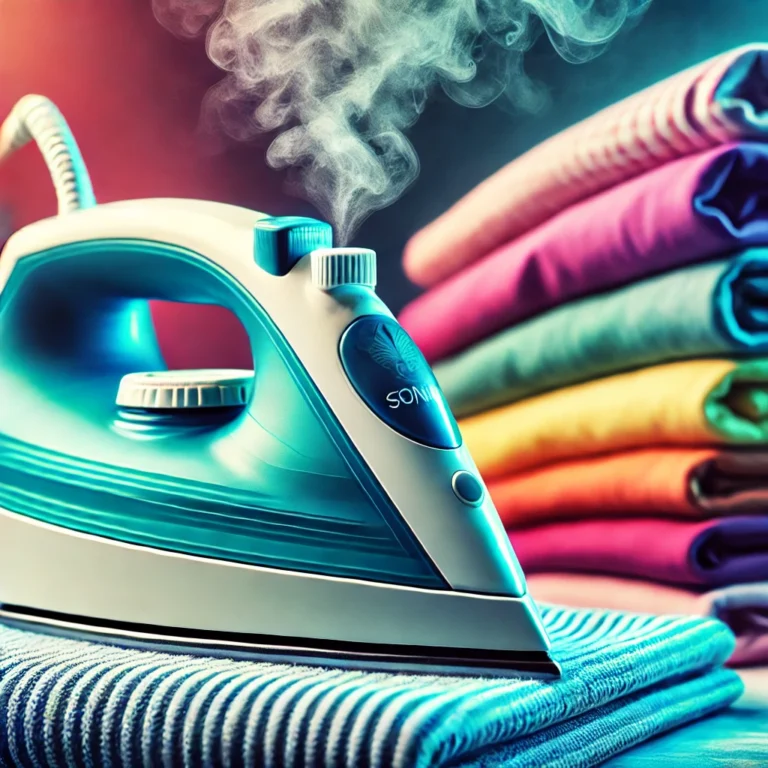Ultimate Steam Iron Buying Guide: Choosing the Perfect Iron for Your Needs
Steam irons are essential tools in keeping clothes looking crisp, fresh, and wrinkle-free. However, with the wide variety of models on the market, it can be challenging to decide which steam iron best suits your needs. From features and materials to price points and types, there’s a lot to consider. This comprehensive buying guide will help you navigate the essential factors in choosing the right steam iron for your household.
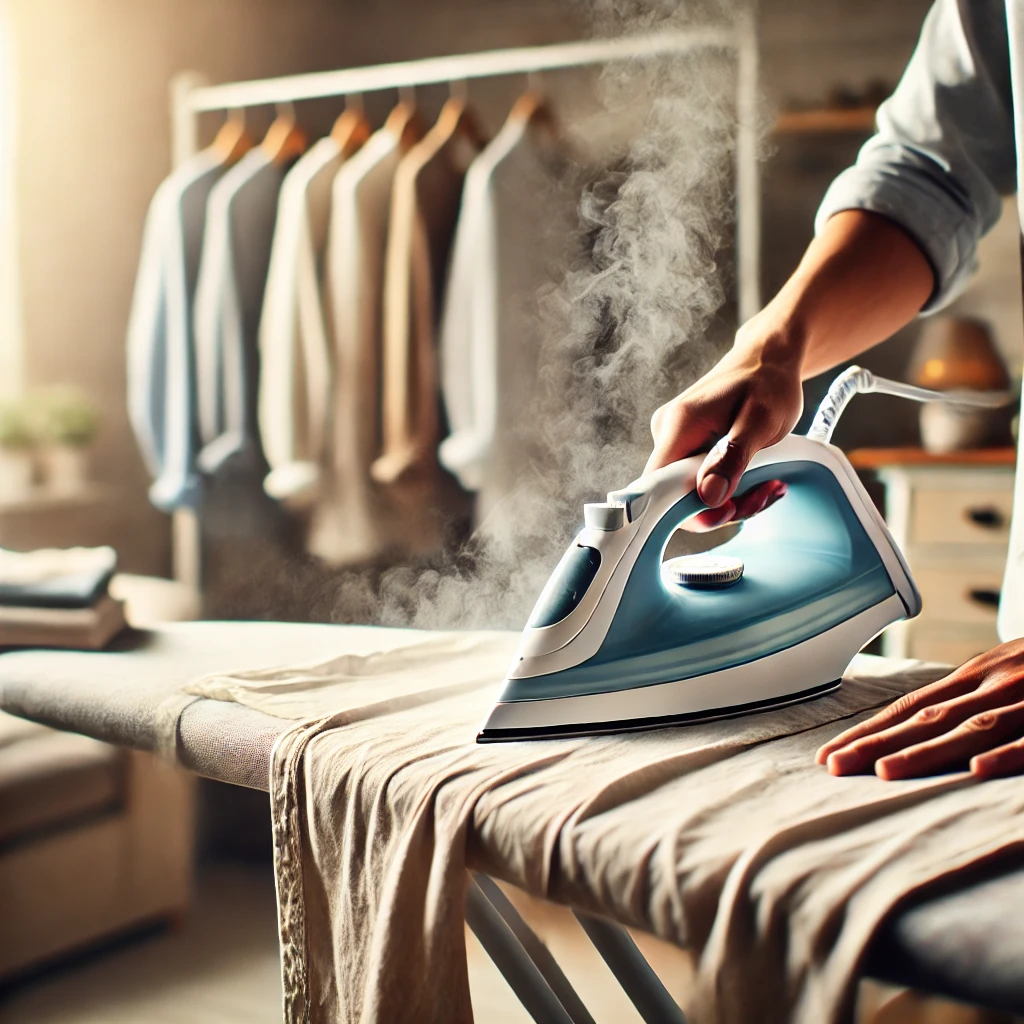
Why Choose a Steam Iron?
Steam irons are popular because they effectively combine heat and steam to eliminate wrinkles, and they’re generally faster and more efficient than dry irons. A steam iron uses heated water to produce steam, which relaxes the fibers in fabric, making it easier to smooth out wrinkles.
Here’s what makes steam irons superior to dry irons:
Faster ironing: Steam quickly relaxes fabric fibers.
Better for different fabrics: Many steam irons come with adjustable settings to accommodate different types of materials.
Multi-functionality: Some steam irons can be used vertically, functioning like a steamer for delicate items or curtains.
Key Factors to Consider When Buying a Steam Iron
When choosing a steam iron, keep in mind the following key features that determine performance and usability:
1. Steam Output and Burst of Steam
A high steam output ensures efficient wrinkle removal. Look for an iron with adjustable steam levels so you can match the output to the fabric.
Burst of steam: This feature releases an intense burst of steam for tackling tough wrinkles, particularly useful on thick materials like linen or denim.
Continuous steam: A good steam iron should have a continuous steam feature, releasing a steady flow of steam while in use. Look for irons with at least 30 grams per minute (g/min) of continuous steam output for effective performance.
2. Soleplate Material
The soleplate is the bottom surface of the iron that makes contact with fabrics. It affects the smoothness of your ironing, the durability of the iron, and its ability to glide effortlessly.
Stainless steel: Durable, corrosion-resistant, and provides smooth gliding.
Ceramic: Offers excellent heat distribution and is non-stick, making it ideal for delicate fabrics.
Non-stick coatings: Easy to clean, prevents fabric from sticking, and good for synthetic fabrics.
Consider the soleplate’s shape and number of steam holes as well. A pointed tip helps reach tight spaces like collars, while multiple steam holes provide even steam distribution.
3. Water Tank Capacity
The size of the water tank impacts how frequently you’ll need to refill the iron. A larger tank allows for longer ironing sessions but may make the iron bulkier.
Smaller tanks (around 200 ml): Better for quick ironing tasks and portability.
Larger tanks (300-400 ml): Ideal for households with frequent, long ironing sessions.
A transparent water tank or an iron with a clear viewing window allows you to easily check water levels.
4. Temperature and Fabric Settings
Having multiple heat and fabric settings makes the iron versatile for various fabric types. A good steam iron should allow you to adjust the temperature and steam output based on the material (cotton, linen, wool, synthetics, etc.).
Many modern irons feature automatic temperature control or “smart” settings that automatically adjust to the appropriate heat level, minimizing the risk of damaging delicate fabrics.
5. Weight and Ergonomics
An iron’s weight can impact comfort during use. A heavy iron may be better at pressing out wrinkles with less effort, but it can also be tiring to use for extended periods.
Lightweight irons: Easier to maneuver, ideal for vertical steaming or lighter fabrics.
Heavier irons: Better for pressing out wrinkles on thicker fabrics with less pressure.
Check the handle design to ensure it’s ergonomic and comfortable to hold. A soft-grip or well-contoured handle reduces hand fatigue.
6. Anti-Drip System
Water drips can stain delicate fabrics and leave behind unsightly water spots. The anti-drip system prevents water leakage from the soleplate, even at lower temperatures. Look for this feature, especially if you iron a lot of delicate or light-colored fabrics.
7. Anti-Scale and Self-Cleaning Features
Mineral buildup can clog the steam vents over time, reducing the iron’s efficiency and lifespan. An anti-scale or self-cleaning feature helps maintain optimal steam output by preventing scale buildup.
Self-cleaning: Expels mineral deposits from the soleplate.
Anti-scale: Reduces mineral buildup by trapping or dissolving deposits.
This is especially useful if you live in an area with hard water, as it extends the life of your steam iron.
8. Cord Length and Cordless Options
A longer power cord (typically 7-10 feet) provides more flexibility and maneuverability, making it easier to reach different areas without unplugging.
Some models offer cordless functionality, ideal for those looking for complete freedom of movement. Cordless irons usually heat up on a base unit and maintain heat long enough for short bursts of ironing.
9. Auto Shut-Off for Safety
The auto shut-off feature is essential for safety, especially if you often get distracted. This function automatically turns off the iron after a set period of inactivity, typically within 10 minutes when standing upright or 30 seconds when left face down.
Types of Steam Irons
Different types of steam irons are available, each with specific features tailored to various ironing needs.
1. Conventional Steam Irons
These are the most common type of steam iron and are perfect for daily use. They typically come with adjustable steam settings, a burst of steam option, and anti-drip features.
2. Steam Generator Irons
Steam generator irons are bulkier and more powerful, generating continuous high steam output. They consist of a separate water tank, allowing for longer ironing sessions and quicker wrinkle removal. These are ideal for heavy-duty ironing or large households, though they require more storage space.
3. Travel Irons
Compact and lightweight, travel irons are easy to carry, making them ideal for those frequently on the move. They don’t usually have high steam output but are effective for touch-ups on light fabrics.
4. Cordless Irons
Cordless irons offer flexibility as they don’t require constant connection to a power outlet. They are heated on a base unit and are good for quick, short ironing tasks. However, they may not hold heat as well as conventional irons.
Additional Features to Consider
Here are a few bonus features that can enhance the ironing experience:
Vertical Steaming: Allows you to steam clothes while they’re hanging, perfect for delicate garments or even curtains.
Digital Display: Some advanced models have digital displays that show temperature, steam levels, and other settings, making it easier to use.
Spray Mist: Helps dampen tough wrinkles, especially on thick fabrics.
Top Brands to Consider
When choosing a steam iron, it’s helpful to consider brands known for reliability and quality. Here are some of the top brands in the steam iron industry:
Philips: Known for a wide range of high-quality steam irons with innovative technology.
Rowenta: Offers powerful steam irons with precise temperature and steam control, plus durable soleplates.
T-fal: Known for affordability without compromising essential features like anti-drip and auto shut-off.
BLACK+DECKER: Provides dependable performance, often at a more budget-friendly price.
Panasonic: Known for high-end models with advanced technology, such as cordless options and ceramic soleplates.
Budget Considerations
Steam irons are available at a variety of price points:
Budget (Under $50): Basic steam irons with essential features like adjustable steam settings and anti-drip.
Mid-range ($50-$100): Include more advanced features such as higher steam output, anti-scale systems, and ergonomic designs.
High-end ($100 and above): Premium features like digital displays, smart technology, high steam output, and durable soleplates. Ideal for frequent ironing and a wide range of fabrics.
Final Tips for Choosing Your Steam Iron
To sum up, here are a few final tips to help you pick the perfect steam iron:
Define Your Needs: If you iron regularly, a steam generator might be worth the investment. For occasional use, a conventional steam iron with basic features will suffice.
Check Reviews: See what other users say about the durability, performance, and reliability of the iron you’re considering.
Evaluate Warranty: Most quality irons come with a warranty period. Look for a warranty of at least one year for peace of mind.
In conclusion, choosing a steam iron involves assessing your individual ironing needs, considering essential features, and selecting a model within your budget. By keeping these factors in mind, you can find a steam iron that delivers on both performance and longevity, keeping your clothes looking their best for years to come. Happy ironing!
